Ottawa, Canada’s capital, is often celebrated for its stunning architecture, lush green spaces, and the iconic Rideau Canal. But beneath its postcard-perfect surface lies a question that’s been quietly simmering: Is Ottawa a clean city? While it’s easy to assume that a city with such natural beauty must be spotless, the reality is more nuanced. As urban areas grow, so do the challenges of maintaining cleanliness, from waste management to air quality. This article peels back the layers to explore Ottawa’s cleanliness, blending data, expert insights, and a touch of humor to uncover the truth.
Renowned environmentalist David Suzuki once said, “What we do to the Earth, we do to ourselves.” His words resonate deeply when examining urban cleanliness. Similarly, urban planner Jane Jacobs emphasized the importance of community involvement in maintaining city spaces. And let’s not forget Bill Nye, the Science Guy, who’s been a vocal advocate for sustainable living. Their collective wisdom underscores the importance of this discussion.
For more local insights, check out Ottawa News & Helpful Links for updates on environmental policies, city initiatives, and community efforts.
Waste Management in Ottawa
Current Waste Disposal Systems
Ottawa’s waste management system is a well-oiled machine—most of the time. The city offers curbside recycling, composting, and garbage collection, which are the backbone of its cleanliness efforts. According to the City of Ottawa’s official website, residents are encouraged to sort their waste into three streams: garbage, recyclables, and organic materials. This system has helped divert a significant portion of waste from landfills, but it’s not without its hiccups. For instance, improper sorting by residents can lead to contamination, rendering entire batches of recyclables useless. And let’s not even get started on the occasional illegal dumping incidents that make you wonder if some people think the woods are a magical trash-disappearing portal.
Public Participation & Awareness
Public education campaigns have played a crucial role in Ottawa’s waste management success. Programs like Ottawa’s Waste and Recycling Programs aim to educate residents on proper waste disposal practices. But let’s face it, not everyone reads the fine print. That’s where community clean-up initiatives come in. Groups like Clean Ottawa organize events where volunteers pick up litter in public spaces. These efforts not only make the city cleaner but also foster a sense of community pride. After all, nothing says “I love my city” like picking up someone else’s discarded coffee cup.
For more on Ottawa’s waste policies, visit Ottawa News & Helpful Links.
Air & Water Quality
Air Pollution Levels & Sources
Ottawa’s air quality is like that one friend who mostly behaves but occasionally sneaks a cigarette behind your back. Compared to other Canadian cities, Ottawa ranks well—but it’s not perfect. The Government of Canada’s Air Quality Health Index shows Ottawa’s air is generally "low risk," though winter smog (thanks, car exhaust and wood fires) occasionally spikes pollution levels. Vehicles are the main culprits, with the City of Ottawa reporting that transportation accounts for nearly 40% of emissions. Industrial activity? Less of a villain here than in cities like Toronto or Montreal, but still a factor.
Water Purity & River Cleanliness
The Ottawa River is the city’s liquid crown jewel, but even crowns tarnish. While municipal water treatment is top-notch (shout-out to Ottawa’s water purification plants), the river faces threats from microplastics and agricultural runoff. A 2022 study by University of Ottawa researchers found trace pharmaceuticals in the water—proof that even rivers need therapy. On the bright side, Ottawa Riverkeeper, a local advocacy group, tirelessly monitors and cleans the river. Pro tip: If you see a rogue plastic bottle bobbing downstream, channel your inner superhero and fish it out.
For more on local environmental efforts, dive into Ottawa News & Helpful Links.
Green Spaces & Urban Cleanliness
Parks & Public Areas Maintenance
Ottawa’s parks are like its living room—usually tidy, but occasionally strewn with snack wrappers after a party (looking at you, Canada Day crowds). The city does a solid job maintaining green spaces, but littering hotspots like Confederation Boulevard need extra love. Sidewalks and bike paths? Generally clean, though winter salt and slush leave a gritty residue. Tourism boosts the economy but also the trash—especially near landmarks like Parliament Hill. Solution? More bins, more shame (just kidding… mostly).
Urban Wildlife & Cleanliness
Ottawa’s raccoons are basically tiny, masked anarchists—cute until they scatter your garbage across the lawn. Geese? Feathered litterbugs who leave "presents" on sidewalks. The city’s wildlife management strategies include animal-proof bins and public education. Fun fact: A CBC investigation found that raccoons can open 60% of standard trash lids. Maybe it’s time to hire them as waste consultants.
Stay updated on park clean-ups and wildlife tips at Ottawa News & Helpful Links.
Government Policies & Sustainability Efforts
Ottawa’s cleanliness isn’t just about trash pickup—it’s a reflection of policies, political will, and public-private partnerships. The city has made strides, but could it become North America’s greenest capital? Let’s dissect the bureaucratic machinery behind the scenes.
City of Ottawa’s Cleanliness Initiatives
The City of Ottawa operates like a janitor with a PhD: methodical, data-driven, but occasionally slow to adapt. Their Solid Waste Master Plan aims for 90% waste diversion by 2050—an ambitious target when coffee cups still clog the Rideau Canal. Key moves include:
- Green Bin Program: Composting organic waste since 2010, diverting 100,000+ tonnes annually from landfills
- Single-Use Plastic Ban: Started in 2022 for city facilities, but lacks teeth for businesses
- Zero-Waste Events: Bluesfest and Winterlude now mandate compostable food containers
Yet loopholes persist. Construction debris accounts for 30% of landfill intake, while illegal dumping in rural areas like Carp costs taxpayers $500,000/year in cleanups.
Federal Government’s Role
As Canada’s capital, Ottawa gets both perks and headaches from federal oversight. Environment and Climate Change Canada funds projects like the Ottawa River Action Plan, yet simultaneously exempts parliamentary precinct buildings from municipal waste rules. Ironies include:
| Federal Policy | Impact on Ottawa |
|---|---|
| Single-Use Plastics Ban (2023) | Reduces Tim Hortons waste but excludes military bases |
| Carbon Pricing | Funds bike lanes while government staff still drive 12,000 fleet vehicles |
The real game-changer? Natural Resources Canada’s smart city grants funding AI trash sensors in the ByWard Market—a pilot that could go national.
For real-time policy tracking, bookmark Ottawa News & Helpful Links.
Public Behavior & Cultural Attitudes
Policies mean nothing without people. Ottawa’s cleanliness ultimately hinges on whether bureaucrats, students, and suburbanites share the same vision. Spoiler: They don’t.
Citizen Engagement in Cleanliness
Ottawans exhibit a strange duality—meticulously sorting home recycling while tossing cigarette butts on Elgin Street. Grassroots efforts show promise:
- Clean Up the Capital: 15,000+ volunteers remove 100 tonnes of litter annually
- Garbage Watch: Residents photograph illegal dumpers—leading to 62 fines in 2023
- University of Ottawa (uOttawa) students invented TrashTag, an app that gamifies litter reporting
Yet participation skews middle-class. Low-income neighborhoods like Heron Gate lack both trash bins and volunteer networks—a spatial inequality the city’s Public Health unit links to higher rat infestations.
Challenges in Changing Habits
Why do people litter? A 2022 Carleton University study identified three psychological barriers:
- The "Somebody Else’s Job" Effect: 43% believe city workers should handle cleanliness
- Tourist Exceptionalism: Visitors litter 3x more than locals at Parliament Hill
- Winter Apathy: Snowbanks become temporary trash repositories
The solution? Behavioral economist Dan Ariely suggests nudge theory—like painting trash cans like hockey nets to trigger Canadians’ sports instincts. Pilot programs start fall 2024.
For hyperlocal cleanliness campaigns, follow Ottawa News & Helpful Links.
AI Solutions: How Could AI Help?
Artificial intelligence (AI) is no longer science fiction—it’s a powerful tool that can revolutionize urban cleanliness. Ottawa, with its forward-thinking policies, is uniquely positioned to harness AI to become a global leader in eco-friendly cities. Here’s how AI could transform Ottawa’s cleanliness landscape.
Smart Waste Bins & AI Sorting
Imagine a waste bin that knows when it’s full and sends an alert to the city’s waste management team. AI-powered smart bins, like those developed by Bigbelly, use sensors to monitor waste levels in real time. These bins can optimize collection routes, reducing fuel consumption and operational costs. Additionally, robotic sorting systems, such as those by ZenRobotics, use AI to separate recyclables with 95% accuracy, drastically improving recycling efficiency.
Predictive Analytics for Litter Hotspots
AI can predict where littering is most likely to occur by analyzing historical data, weather patterns, and foot traffic. Machine learning models, like those used by Sidewalk Labs, can identify high-risk areas and deploy targeted interventions. For example, placing more bins or increasing patrols in these zones can deter littering before it starts.
Autonomous Cleaning Robots
Self-driving sweepers, such as those developed by Ecovacs Robotics, can autonomously clean sidewalks and public spaces. These robots use AI to navigate obstacles and optimize cleaning routes. Cities like Singapore have already deployed similar technologies, reducing manual labor and ensuring consistent cleanliness.
AI in Pollution Detection
Drones equipped with AI sensors can monitor air and water quality in real time. Companies like DJI have developed drones that track pollutants and provide instant data to city officials. This allows for quick responses to pollution spikes, ensuring better public health and environmental safety.
Action Schedule: The Roadmap to a Cleaner Ottawa
Transforming Ottawa into a model eco-city requires a detailed, actionable roadmap. Here’s a step-by-step plan to integrate AI and other innovative solutions over the next two years:
Day 1-7: Research & Stakeholder Meetings
Assemble a task force comprising city officials, AI experts from University of Ottawa, and environmental scientists. Conduct an audit of Ottawa’s current waste management systems and identify key areas for improvement.
Week 1-4: Pilot AI Waste Bins
Install 50 smart bins in high-traffic downtown areas. Train municipal staff on using AI monitoring systems to track waste levels and optimize collection schedules.
Month 1-3: Launch AI Litter Prediction
Deploy machine learning models to analyze littering patterns. Identify 10 high-risk zones and implement targeted measures, such as additional bins, signage, and increased enforcement.
Year 1: Citywide AI Integration
Expand the smart bin network to cover 80% of Ottawa’s urban areas. Introduce robotic sorting systems at recycling facilities. Launch public awareness campaigns to educate citizens about AI-driven cleanliness initiatives.
Year 2: Full AI-Driven Cleanliness System
Deploy autonomous cleaning robots in all major public spaces. Integrate drone-based pollution monitoring with real-time alerts for residents. Establish a digital dashboard for citizens to track progress and participate in clean-up efforts.
Ottawa’s Clean Future: A City of Possibilities
Ottawa has the potential to become a global leader in urban cleanliness. By leveraging AI and cutting-edge technologies, the city can address current challenges while inspiring other municipalities to follow suit. Imagine walking through streets where smart bins, autonomous robots, and real-time pollution monitors work seamlessly to create a pristine environment.
This vision isn’t just about cleanliness—it’s about sustainability, public health, and quality of life. It’s about fostering a culture of responsibility and innovation where citizens, businesses, and the government work together toward a common goal. Ottawa’s journey toward becoming a model eco-city will require dedication, collaboration, and a willingness to embrace new ideas.
What does a cleaner Ottawa mean to you? How can we, as a community, contribute to this vision? Share your thoughts and ideas, and let’s work together to make Ottawa the shining example of urban cleanliness it deserves to be.
For ongoing updates on Ottawa’s environmental initiatives, visit Ottawa News & Helpful Links. Join us in building a cleaner, greener future for our city.
FAQ
Q: How does Ottawa compare to other Canadian cities in cleanliness?
A: Ottawa ranks well among Canadian cities, but cities like Vancouver and Victoria lead in sustainability and cleanliness. Ottawa’s strong waste management and green spaces give it an edge, but there’s room for improvement in areas like littering and seasonal waste management.
Q: What’s the biggest cleanliness challenge in Ottawa?
A: Seasonal waste, such as debris from winter snow removal, and public littering are significant challenges. The city also faces issues with illegal dumping in certain areas, which can harm the environment and public health.
Q: How can citizens help keep Ottawa clean?
A: Citizens can make a big difference by:
- Participating in community clean-up drives
- Reporting illegal dumping to the City of Ottawa
- Using proper waste disposal methods for recycling, composting, and garbage
Q: Are there fines for littering in Ottawa?
A: Yes, fines for littering in Ottawa range from $300 to $10,000 for severe violations. The city takes littering seriously to maintain cleanliness and protect the environment.
Q: What is Ottawa doing to improve air quality?
A: Ottawa has implemented several measures to improve air quality, including promoting public transit, cycling, and walking. The city also monitors air pollution levels and works to reduce emissions from vehicles and industrial activities. For more details, visit the Ottawa Public Health website.
Q: How clean is the Ottawa River?
A: The Ottawa River is generally clean, but it faces challenges from microplastics, chemical runoff, and urban development. Organizations like Ottawa Riverkeeper work to protect and restore the river’s health.
Q: What are some green initiatives in Ottawa?
A: Ottawa has several green initiatives, including:
- Zero-waste goals to reduce landfill use
- Plastic reduction policies to minimize single-use plastics
- Investment in eco-friendly infrastructure like bike lanes and green buildings
For updates on these initiatives, check out Ottawa News & Helpful Links.
Q: How can AI help improve Ottawa’s cleanliness?
A: AI can play a significant role in improving Ottawa’s cleanliness by:
- Using smart waste bins with sensors to monitor waste levels
- Deploying autonomous cleaning robots in high-traffic areas
- Predicting litter hotspots with machine learning to target enforcement
For more on AI solutions, visit IBM Canada and Microsoft Canada, leaders in AI technology.
Q: Where can I find updates on Ottawa’s environmental policies?
A: For the latest updates on Ottawa’s environmental policies and initiatives, visit Ottawa News & Helpful Links.
Q: How can I get involved in keeping Ottawa clean?
A: You can join local volunteer groups like Clean Ottawa or participate in city-organized clean-up events. Every small effort helps make Ottawa a cleaner, greener city.
Wait! There's more...check out our gripping short story that continues the journey: Rise of Arkadia
Disclaimer: This article may contain affiliate links. If you click on these links and make a purchase, we may receive a commission at no additional cost to you. Our recommendations and reviews are always independent and objective, aiming to provide you with the best information and resources.
Get Exclusive Stories, Photos, Art & Offers - Subscribe Today!

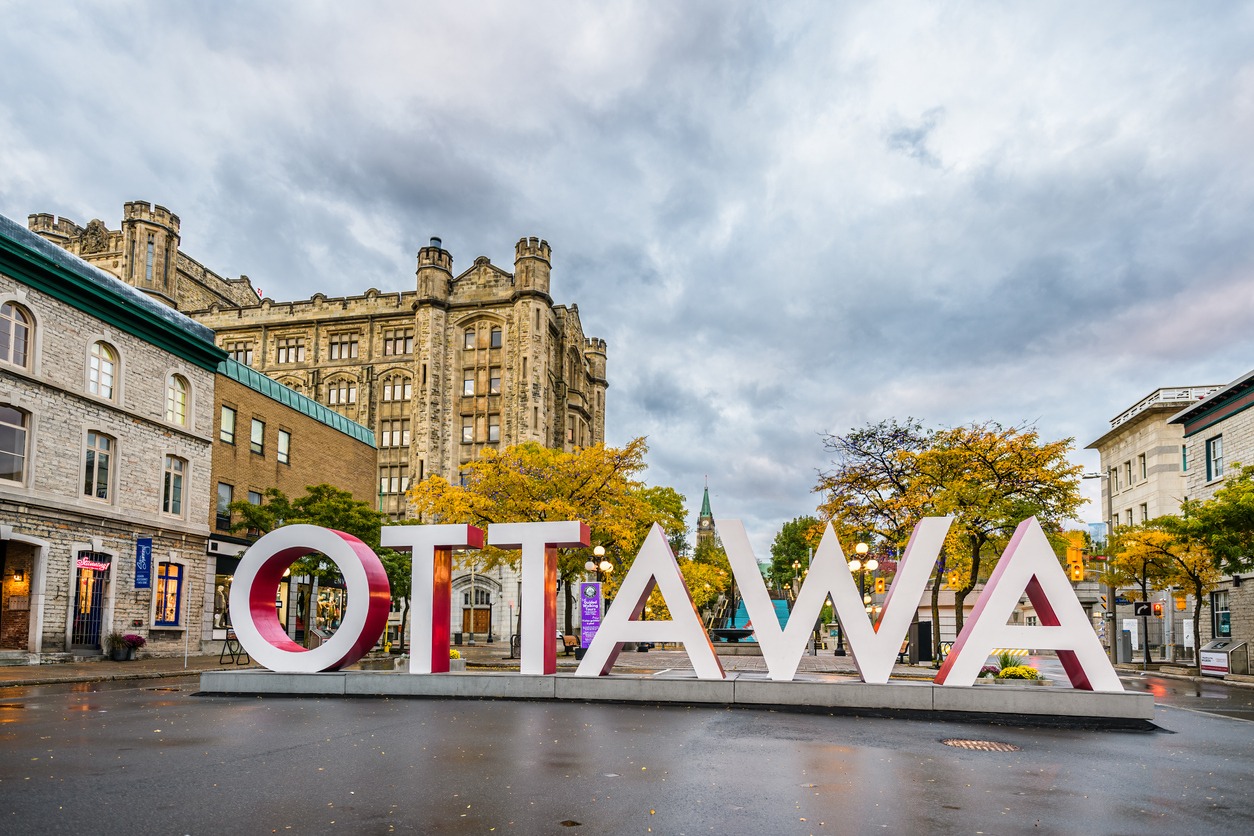
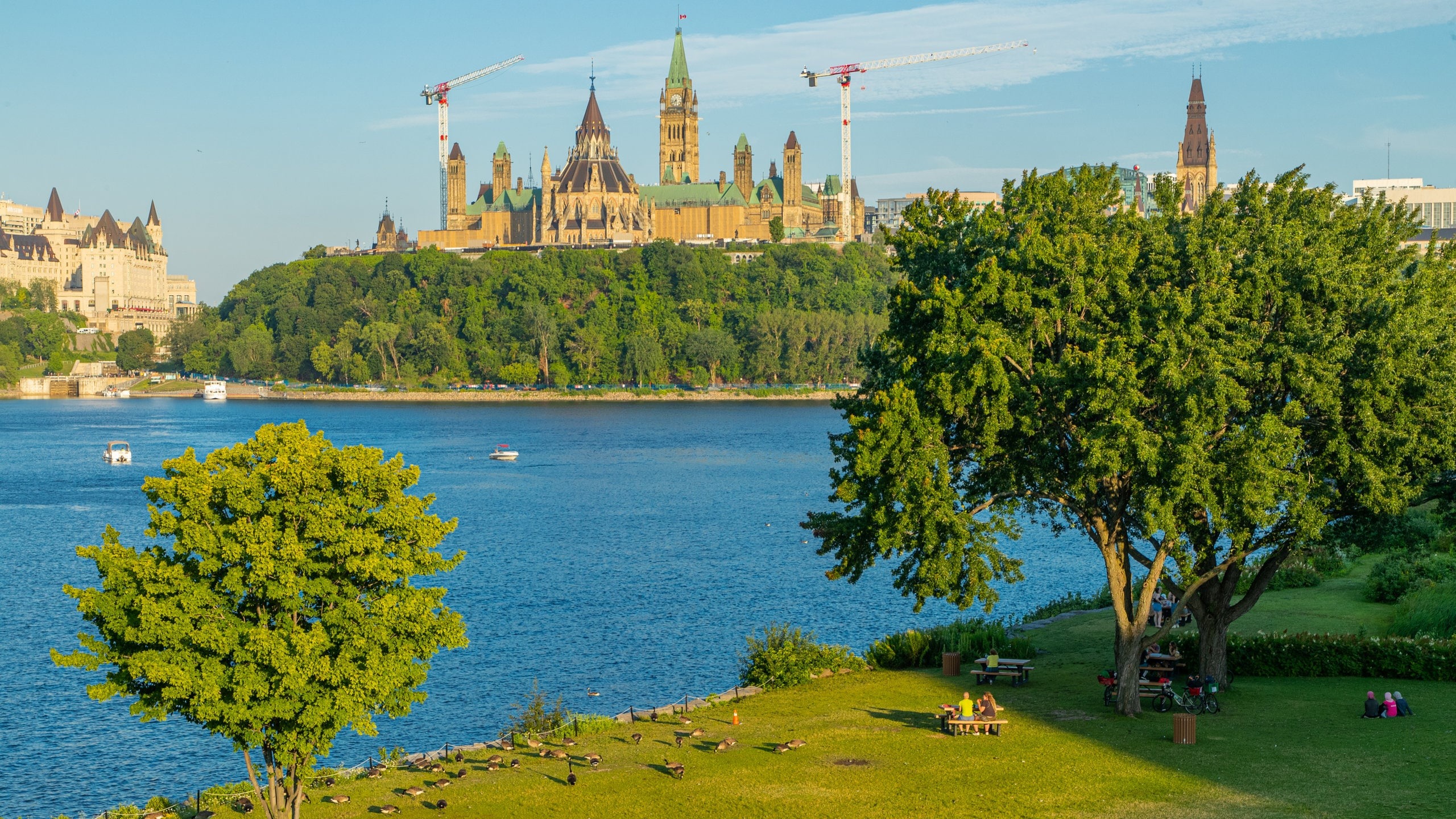
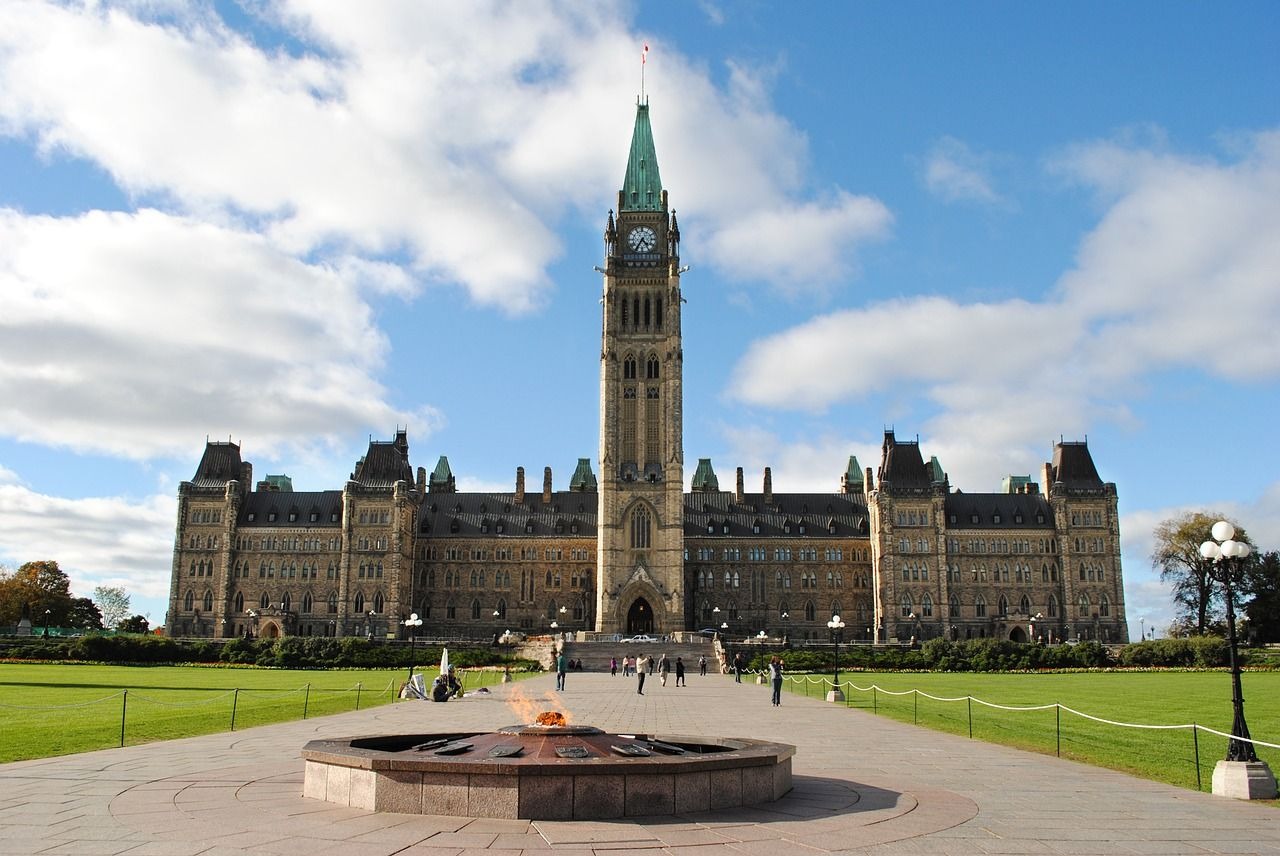
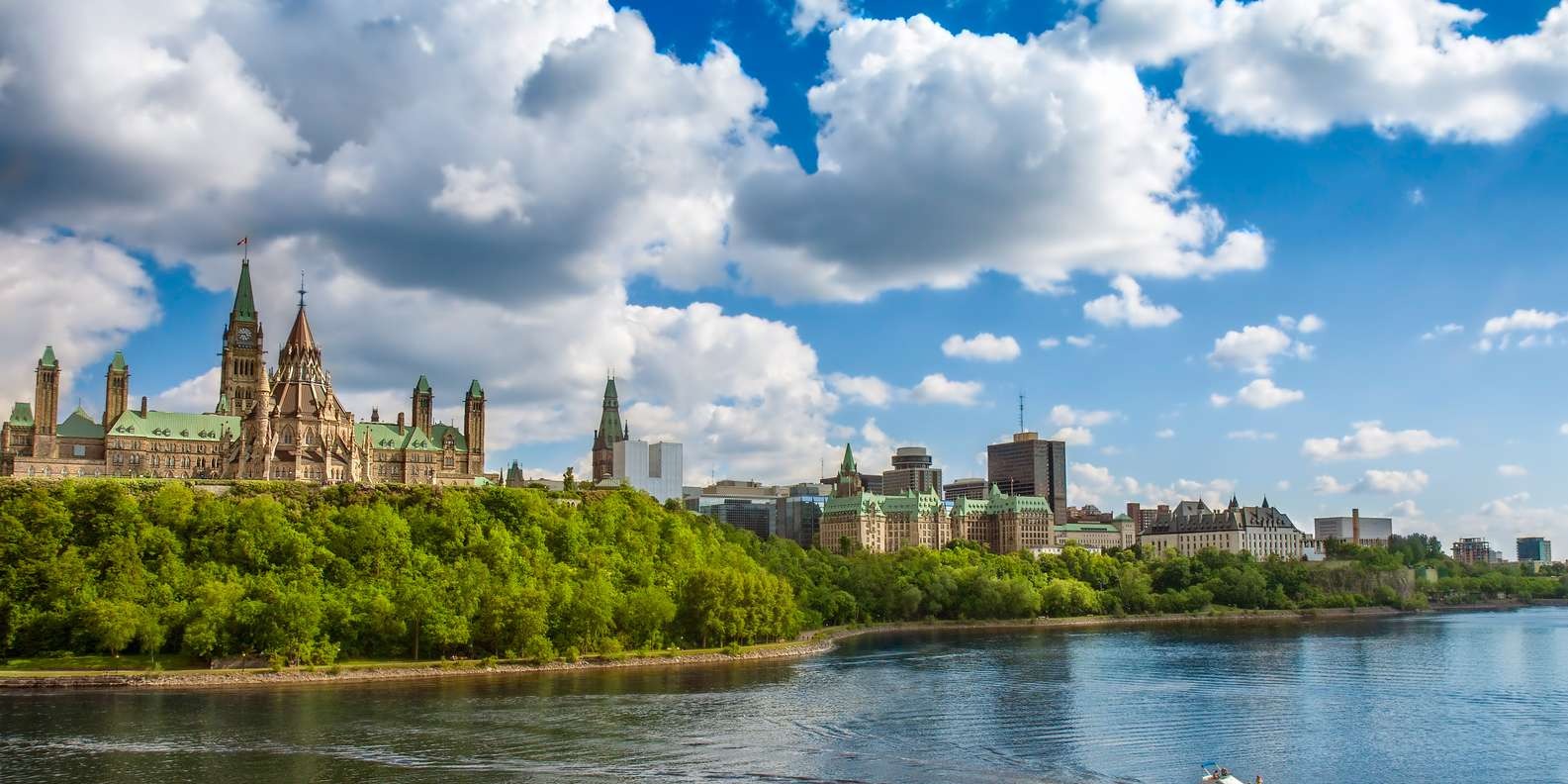








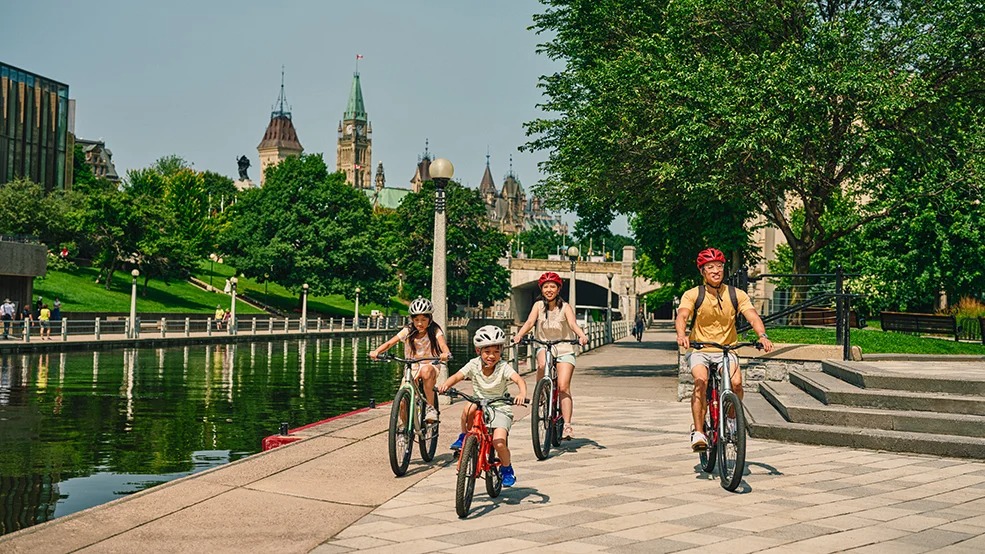















Post Comment
You must be logged in to post a comment.